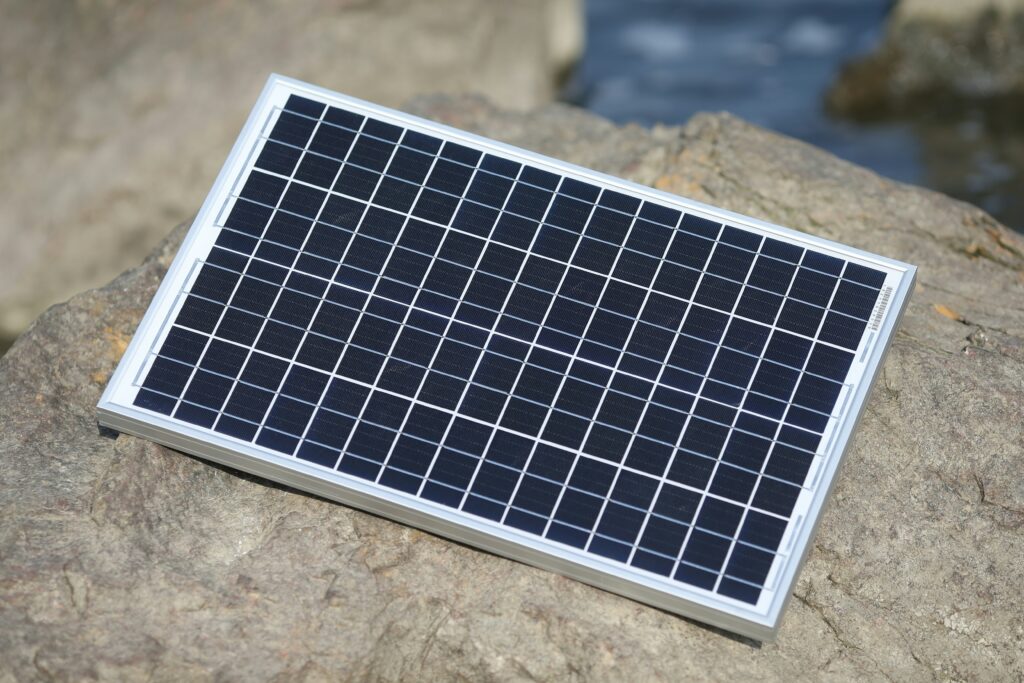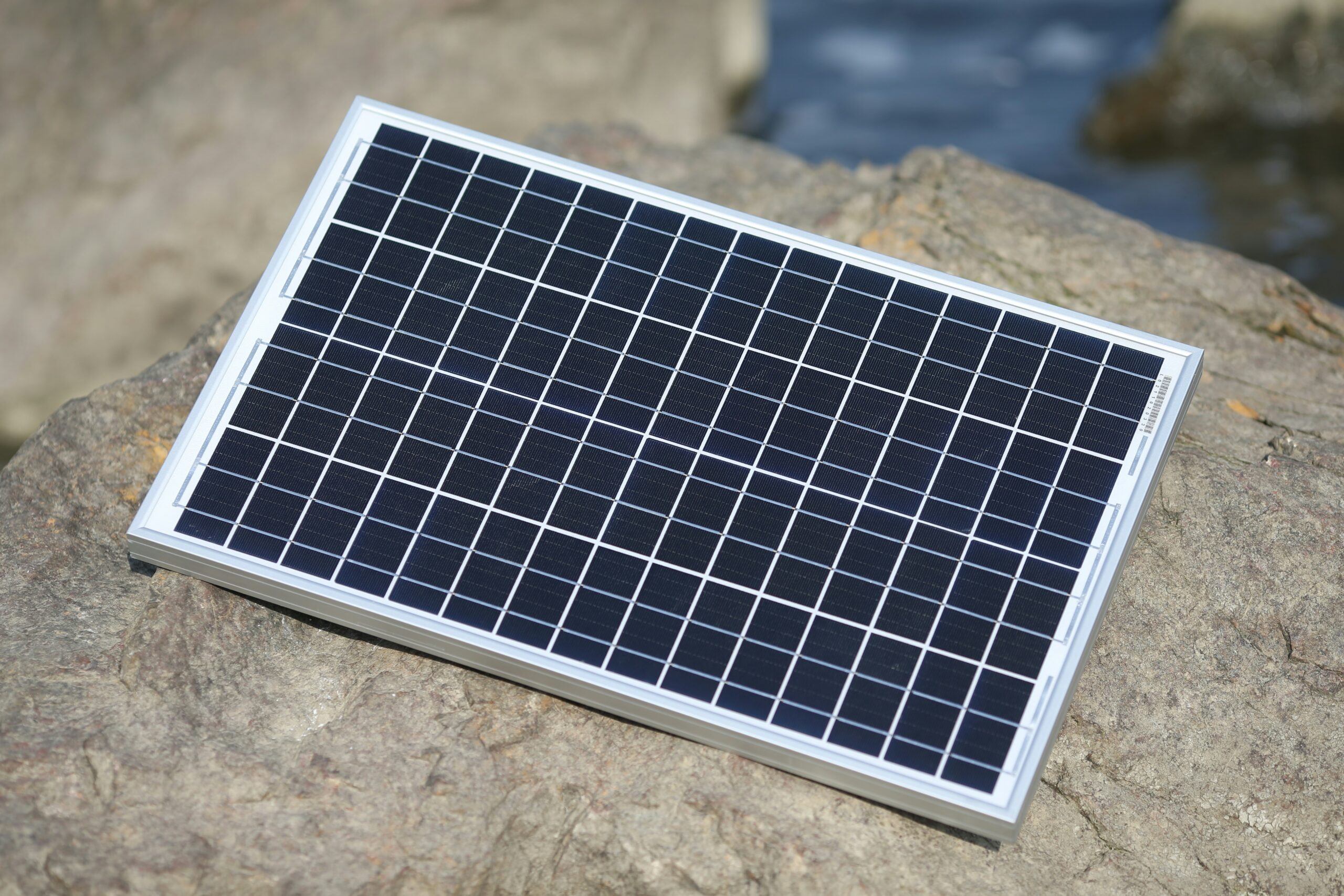Solar panels are often marketed as a way to slash your electricity bills, but how much can you really save? The answer depends on your location, energy usage, solar system size, and local electricity rates.
This 8,000+ word guide breaks down real-world data on solar savings, including:
✅ Average savings per state
✅ Payback period calculations
✅ Hidden financial benefits (tax credits, increased home value)
✅ Long-term vs. short-term savings
By the end, you’ll know exactly how much solar panels can save you—and whether they’re worth the investment.

1. How Solar Panels Reduce Your Electricity Bill
Net Metering: Selling Excess Energy Back to the Grid
Most states allow net metering, meaning:
- Your solar system powers your home first.
- Excess energy is sent to the grid for bill credits.
- At night, you draw power from the grid (using credits).
True-Up Bills: Annual Reconciliation
Some utilities do a yearly “true-up”, where:
- If you produce more than you use, you get a check or credit.
- If you use more than you produce, you pay the difference.
2. Average Solar Savings by State (2025 Data)
Solar savings vary widely depending on:
- Sunlight availability (Arizona vs. Washington)
- Electricity rates (California vs. Texas)
- Local incentives (rebates, tax exemptions)
| State | Avg. Annual Savings | Payback Period |
| California | $1,800 – $2,500 | 5-7 years |
| Texas | $1,200 – $1,800 | 7-9 years |
| Florida | $1,400 – $2,000 | 6-8 years |
| New York | $1,500 – $2,200 | 7-10 years |
| Arizona | $1,600 – $2,400 | 5-6 years |
Why California & Arizona Save More
✔ High electricity rates ($0.25-$0.35/kWh)
✔ Strong sunlight (more energy production)
3. How to Calculate Your Potential Savings
Step 1: Check Your Electricity Bill
- Average monthly usage (kWh) → e.g., 900 kWh
- Cost per kWh → e.g., $0.18
Step 2: Estimate Solar Production
A 6 kW system in a sunny state produces:
- 8,000–10,000 kWh/year (~$1,440–$1,800 savings)
Step 3: Subtract Incentives
- Federal tax credit (30%) → $6,000 off a $20,000 system
- State/local rebates → Varies
4. Solar Panel Payback Period: When Do You Break Even?
Average Payback Period in the U.S.
| System Cost (After Incentives) | Annual Savings | Payback Period |
| $14,000 | $1,800 | 7.8 years |
| $18,000 | $2,200 | 8.2 years |
| $22,000 | $2,500 | 8.8 years |
How to Shorten Payback Time
✔ Use high-efficiency panels (more savings)
✔ Take advantage of all incentives
✔ Finance with a low-interest loan
5. Do Solar Panels Eliminate Your Electric Bill Completely?
Most Homes Still Have a Small Bill
- Fixed utility fees ($10-$30/month)
- Nighttime usage (if no battery)
Zero Bills Possible With:
✔ Solar + Battery Storage (e.g., Tesla Powerwall)
✔ Oversized Solar System (covers 100%+ of usage)
6. Hidden Financial Benefits of Solar Panels
Increased Home Value (Appraisal Data)
- Average increase: 4-5% of home value
- Example: $400,000 home → $16,000–$20,000 boost
Protection Against Rising Electricity Rates
- Utility rates increase 2-5% yearly → Solar locks in savings.
7. Solar Savings Over 25 Years (Lifetime ROI)
Example: 6 kW System in California
| Year | Annual Savings | Cumulative Savings |
| 1 | $2,200 | $2,200 |
| 5 | $11,000 | $11,000 |
| 10 | $24,000 | $24,000 |
| 25 | $55,000+ | $55,000+ |
Total Savings After 25 Years
- $55,000+ (after system pays for itself)
8. Solar vs. Grid Electricity: Cost Comparison
Cost of Grid Power Over 25 Years
- Current bill: $200/month
- With 3% annual rate hikes: $100,000+
Cost of Solar Over 25 Years
- System cost: $20,000 (after incentives)
- Maintenance: $2,000
- Total: $22,000
Savings: $78,000+
9. Real Homeowner Case Studies
Case Study 1: Texas Homeowner
- System: 8 kW
- Cost: $18,000 (after incentives)
- Annual Savings: $1,800
- Payback: 10 years
- 25-Year Savings: $45,000
Case Study 2: New York Homeowner
- System: 6 kW
- Cost: $22,000 (after incentives)
- Annual Savings: $2,200
- Payback: 8 years
- 25-Year Savings: $55,000
10. When Are Solar Panels NOT Worth It?
Poor Solar Conditions
Heavy shading (trees, tall buildings)
Low electricity rates (<$0.12/kWh)
Short-Term Homeownership
Moving in <5 years? Leasing may be better.
Conclusion
Solar panels save the average homeowner $1,200–$2,500 per year, with a payback period of 6–10 years. Over 25+ years, savings often exceed $50,000–$100,000.
Next Steps:
- Get a solar quote (EnergySage, local installers)
- Calculate your payback period
- Check state incentives
With rising electricity costs, solar is one of the best long-term investments for homeowners.
